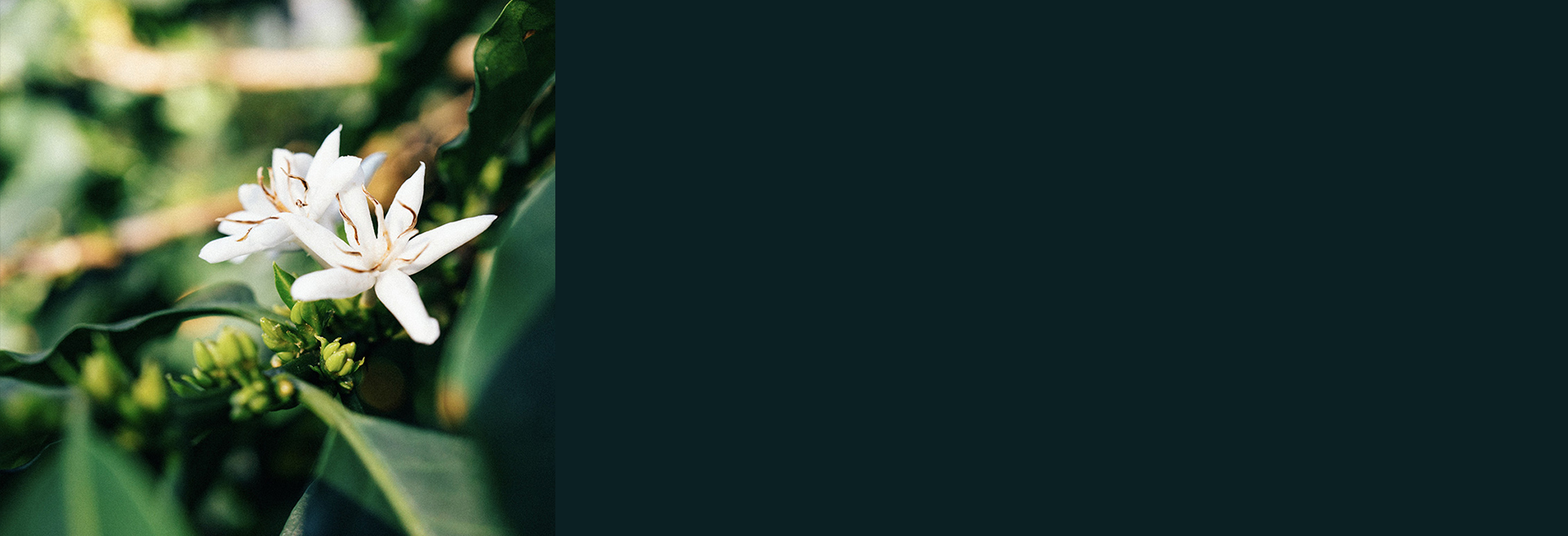Peru
El Mango
Terroir Best Lot
QUALITY SCORE: 87.00
Cup Notes
Apple / Honey / Almond / Lemonade
Suggested for espresso and filter
when we roast
We freshly roast to order all coffees on Monday, Wednesday and Friday (excluding national holidays), and ship the same day! Cut-off time is 11:59pm (UTC+1) of the day before the roast day. *We only ship whole beans*
Details
- Quality Score
- 87.00
- Series
- Specialty
- Producer
- Daniel Chilcon
- Country
- Peru
- Terroir
- Cajamarcas
- Altitude
- 1900 masl
- Process
- Classic Washed - Raised Beds
- Arabica cultivar
- Catuai, Pache
- Picked in
- August 2022
- Arrived in
- February 2023
- Shipped in
- Jute + GrainPro
- Roast profile by
- Rubens Gardelli
- Roasted on
- Customised solid-drum roaster
Suggested brewing recipe
There are two recipes: one for conical brewer (think v60) and one for flat-bottom brewer (think Kalita), however you can surely brew our coffees with any other brewing device, such as immersion brewers.
Please remember that these recipes are intended as starting points and may require further adjustments if the equipment you use is not identical to the one in the recipe; the characteristics of water used can also make a big difference in brewing.
Finally, the recipes suited specifically to Rubens’ roasting style, hence we do not guarantee that they will work as a universal reference.
Have fun brewing!
- Coffee:
- 17g
- Grind:
- Comandante 19 clicks (medium)
- Water:
- 250g (40 tds) at 90°C
- Time:
- 2:40
- Brew strenght:
- 1,46 tds
- Coffee:
- 17g
- Grind:
- Comandante 15 clicks (medium)
- Water:
- 250g (40 tds) at 90°C
- Time:
- 2:45
- Brew strenght:
- 1,48 tds
THE STORY BEHIND
Daniel Chilcon Flores is the owner of 3 hectares of land, on which he cultivates coffee, in the El Diamante village of San Jose de Lourdes district.
The region of El Diamante is home to protected forests with a variety of flora and fauna native to the region, alongside several water sources which supply much of the water to the city of Jaén. As well as providing a beautiful and thriving natural environment to grow coffee, the biodiversity of the area contributes to the richness and stability of its soils.
Daniel grows Caturra and Pache varietals, and all of his land is located at the altitude above 1900 masl. Some of Daniel's family also grow coffee in the area, and the family manage the farms together. Whilst each family member owns their own land, including Daniel, it is his son, Roger, who manages the picking, processing and drying of the coffee.
THE VARIETY
Catuai is a cross between highly productive Mundo Novo and compact Caturra, bred by the Instituto Agronomico (IAC) of Sao Paulo State in Campinas, Brazil in 1949. It was released in 1972 after pedigree selection (selection of individual plants through successive generations) and is widely cultivated up to this date.
Outside of Brazil, it was first introduced in Guatemala in 1970, even before the release in Brazil. Currently Catuai accounts for around 20% of the country's coffee total production.
It is also widely cultivated in Honduras, where it was introduced in 1979 after extensive tests by Instituto Hondureño del Café (IHCAFÉ). It was released commercially in 1983, after IHCAFÉ selected two lines for planting. In Honduras today, Catuai accounts for nearly half of the Arabica coffee in cultivation. Researchers at IHCAFÉ are actively engaged in breeding with Catuai and creating hybrid crosses between Catuai and Timor Hybrid lines.
Catuai is also economically important in Costa Rica, where a yellow-fruiting Catuai was introduced in 1985, and its descendants have spread widely through the country.
It has a negligible presence in other Central American countries.
The plant is highly productive compared to Bourbon, in part because of its small size, which allows plants to be closely spaced - it can be planted at nearly double the density. Because of this characteristic, the introduction of Catuai partly led to the intensification of full-sun coffee cultivation in Central America in the 1970s and 1980s. The plant’s shape also makes it relatively easy to apply pest and disease treatments. It is characterised by great vigour and low height, while it is less compact than Caturra. There are yellow-fruited and red-fruited types, with numerous variation at present. Catuai's downside is that it is highly susceptible to coffee leaf rust.
Pache is a natural mutation of the Typica variety: there is a single gene that differs, and it causes the ... plants to grow smaller, which allows it to be planted more densely and achieve higher yields. It was discovered in 1949 in Guatemala on the Brito farm in Santa Cruz Naranjo, Santa Rosa. Therefrom it was selected using a mass selection method, meaning that a group of individual plants are selected based on their superior performance, seed from these plants is bulked to form a new generation, and then the process is repeated. Mass selection took place across private farms in Guatemala, and from there the cultivar spread to other regions and countries.
THE FERMENTATION PROCESS
For this lot, Chilcon bags up the cherries from a day's harvest and seals them for about 24 hours before processing. The purpose is to start fermentation within the cherry so as to create a more complex cup, with more pronounced notes of fruit. These macerated cherries are then depulped and fermented for 24 to 36 hours depending on the weather conditions. The extended fermentation and cherry maceration give the cup a markedly fruit-forward profile, which complements the pronounced citric acidity that comes from the high altitude. After depulping and fermentation Roger dries all coffee inside a ventilated greenhouse on a plastic-lined wooden patio.




